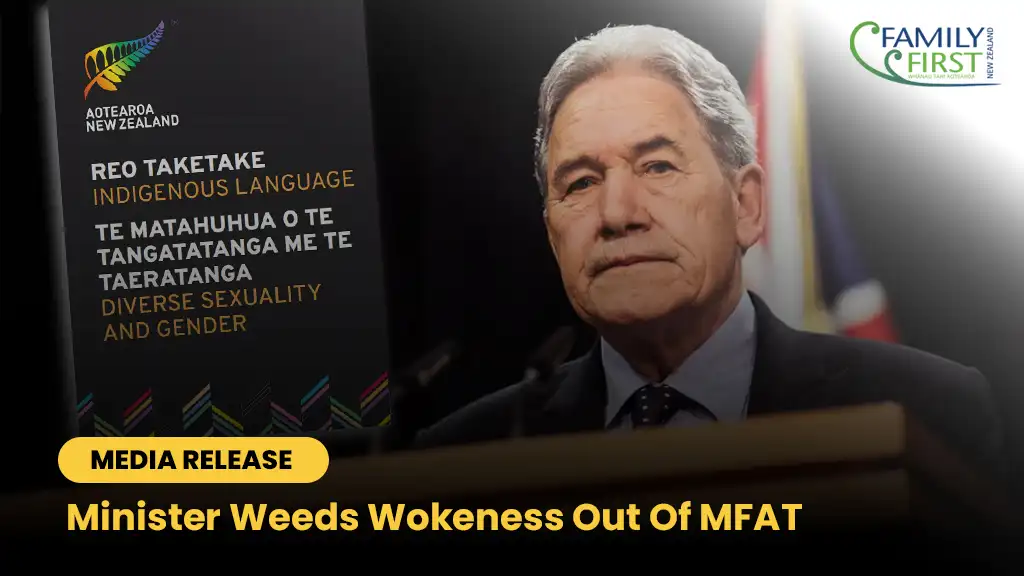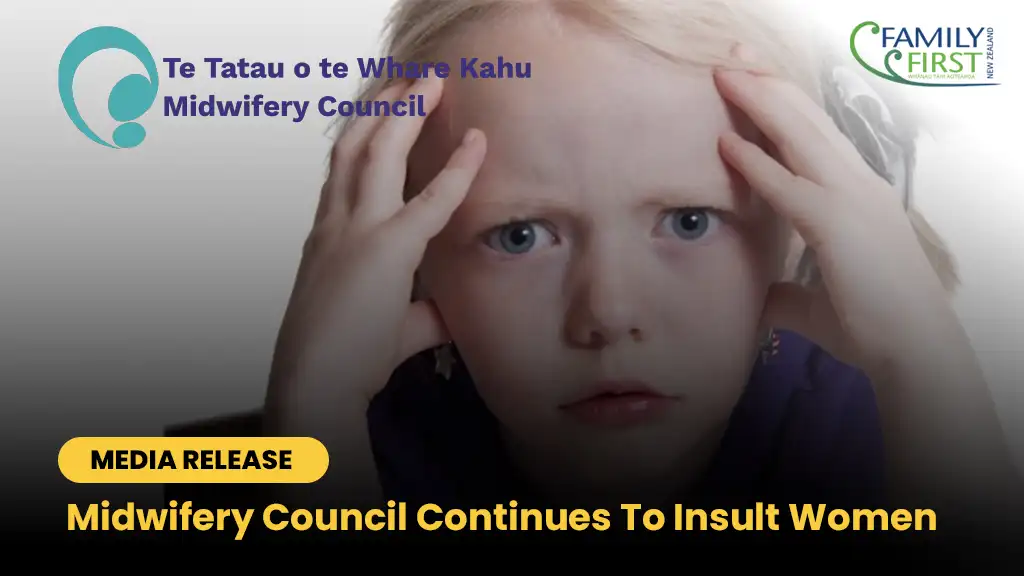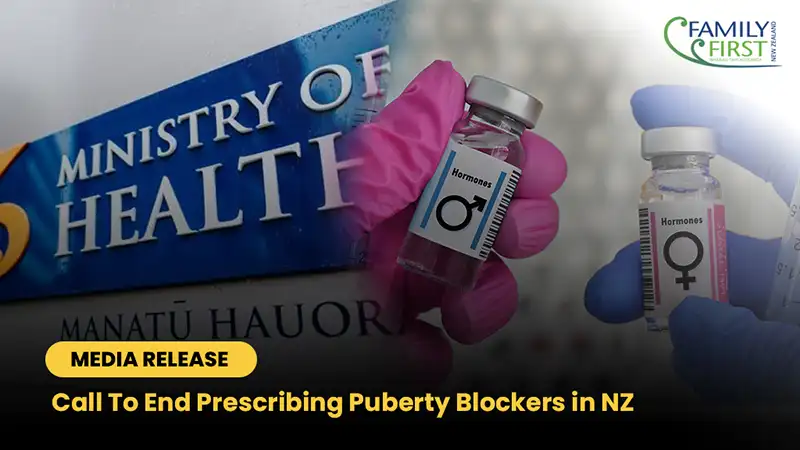Media Release 3 June 2021
Family First NZ is welcoming the support by the Australian Federal Government to calls for age verification to protect children from online pornography, and is calling on the New Zealand government to adopt a similar policy.
The Australian House of Representatives Standing Committee on Social Policy and Legal Affairs presented six recommendations to the Australian Government last year in its report Protecting the age of innocence. Three recommendations specifically relate to children and young people’s access to online pornography and are now supported by the Federal Government:
- “Develop standards for online age verification for age-restricted products and services that specify minimum requirements for privacy, safety, security, data handling, usability, accessibility, and auditing of age verification providers
- The Digital Transformation Agency extend the Digital Identity program to include an age-verification exchange for the purpose of third-party online age verification
- The Australian Government direct and adequately resource the eSafety Commissioner to expeditiously develop and publish a road map for the implementation of a regime of mandatory age verification for online pornographic material”
Australian campaigner Melinda Tankard Reist identifies the urgent need for this legislation – both in Australia and also here in New Zealand.
“There are currently no barriers to prevent child from entering rape, sadism, torture porn and incest sites. As a result of this harmful experiment on the sexual development of children, many are acting out in sexually inappropriate ways, becoming copycat predators… We tell boys to respect girls, but porn – the world’s biggest department of education – teaches them the opposite. They are taught to see sex and aggression as linked. An age verification system would complement other strategies the Government, educational, and community groups are undertaking to help limit harms of explicit content. While not a ‘fix-all’, proof-of-age requirements would provide a much-needed layer of protection for children vulnerable to the predatory porn industry.”
“Today’s pornography teaches boys to be users, to be aggressive, and it tries to persuade girls that they are to be used. Initial studies show that the adolescent brain is more sensitive to sexually explicit material than adult brains. A review of 19 studies found that adolescents who view online pornography are more likely to engage in risky sexual behaviors and to have anxiety or depression, and more likely to commit sexual violence,” says Bob McCoskrie, National Director of Family First NZ who sponsored a petition to Parliament in 2017.
“Society is starting to catch up with the science on the harms of pornography. There has been an important national conversation around consent and ‘rape culture’. At the same time, there is increasing consumption and availability of online pornography and sexual violence. It’s time we connected the dots.”
The Ministry of Health, in its submission to the Select Committee considering the 22,334-written petition admitted that “the content of pornography has changed significantly over the last 20 years and has become more extreme, deviant and violent.” It also acknowledged that “violence towards women and girls is depicted in 80% of online content. This has a variety of harmful impacts on children and young people’s sexual expectations, attitudes, and behaviour.”
A nationwide poll in April 2017 found high levels of concern around the effects of online pornography and its link to sexual violence, and the easy access that young people have to offensive material. It also found significant support for action from government and internet providers in terms of filtering and Opt-Out provisions.
READ How does porn affect teenagers?
ENDS



